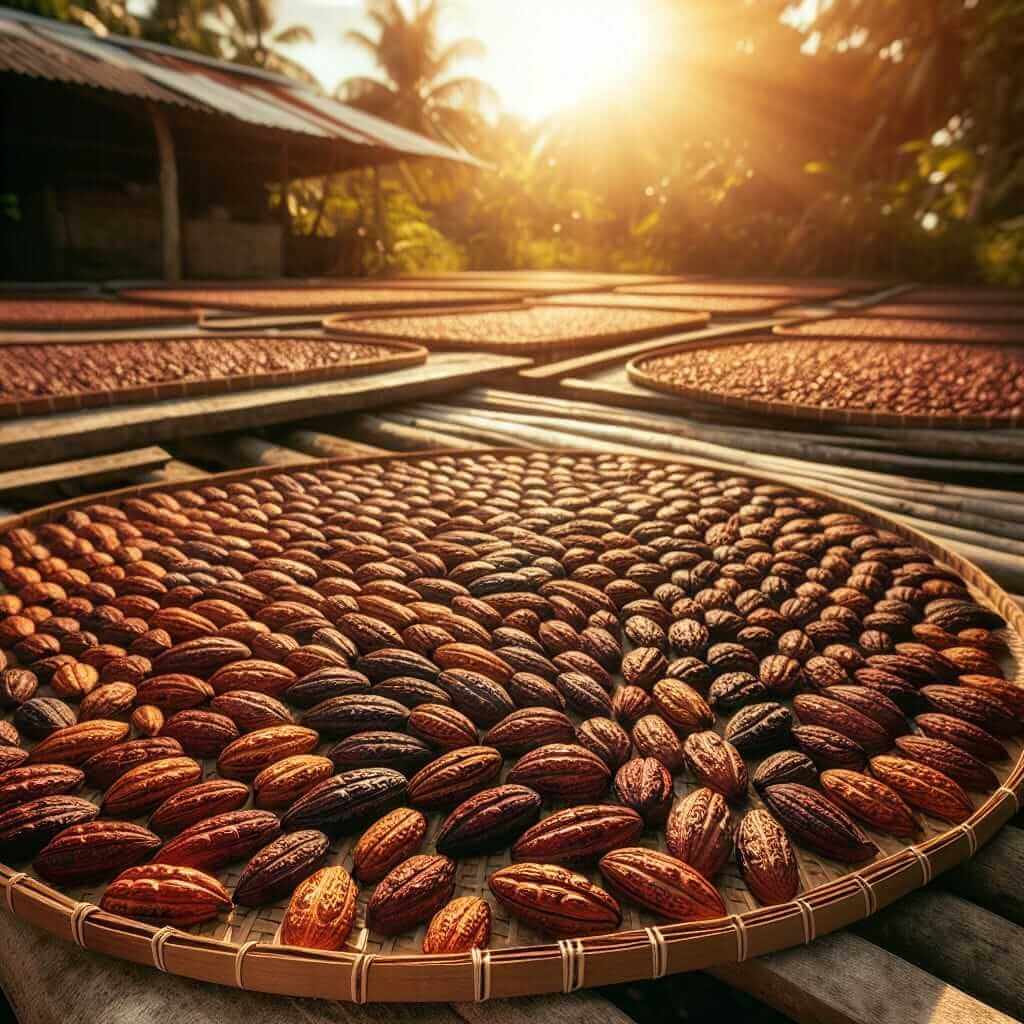As an IELTS instructor with over two decades of experience, I’ve encountered numerous topics that frequently appear in the IELTS Speaking test. One such topic that often surfaces, particularly in Part 2, is the process of chocolate production. Understanding this process and being able to articulate it clearly and effectively can significantly bolster your IELTS Speaking score.
The Significance of “How Chocolate is Produced” in IELTS
This topic holds relevance in the IELTS Speaking test for several reasons:
- Testing Vocabulary: Describing how chocolate is made requires specific vocabulary related to agriculture, manufacturing, and food processing. Words like “harvesting”, “fermentation”, “roasting”, “grinding”, “conching”, and “tempering” are all essential to this process and demonstrate your range of vocabulary.
- Assessing Coherence and Fluency: Explaining a process necessitates a logical flow of ideas and the use of appropriate sequencing words (firstly, then, after that, finally, etc.). This helps examiners gauge your fluency and coherence, two crucial aspects of the Speaking test.
- Evaluating Your Ability to Describe: Being able to describe a process in a clear, concise, and engaging manner is a valuable communication skill. This topic allows you to demonstrate your ability to convey complex information effectively.
Navigating the Chocolate Production Process in Your IELTS Speaking
Let’s break down the process of chocolate making into manageable steps that you can easily remember and articulate:
- Harvesting: Begin by explaining that the process starts with harvesting ripe cacao pods from cacao trees.
- Fermentation: Describe how the beans inside the pods are removed and fermented to develop their flavor.
- Drying and Roasting: Highlight that the fermented beans are then dried, typically under the sun, and later roasted to enhance their chocolate flavor.
- Grinding: Explain the grinding process, where the roasted beans are crushed into a paste called chocolate liquor.
- Conching and Tempering: Detail how the chocolate liquor is further refined through conching (mixing and aerating) to achieve a smooth texture. Finally, mention tempering, a heating and cooling process that gives chocolate its characteristic snap and shine.

Illustrative Examples from IELTS Speaking
Imagine encountering a cue card like this:
Describe a time you learned how something is made.
You could effortlessly utilize your knowledge about chocolate production for this cue card. Focus on a personal experience, perhaps visiting a chocolate factory or watching a documentary, and describe the process using the steps outlined above.
Essential Tips for Success
- Practice Makes Perfect: Practice describing the chocolate-making process several times using varied vocabulary and linking words. You can even record yourself to identify areas for improvement.
- Visualize and Connect: Create a mental image of each stage of the process. This will help you recall and describe the steps more fluently.
- Relate to Your Experience: If possible, draw connections between the process and your own life. Have you ever tasted raw cacao beans? Visited a chocolate factory? These personal anecdotes can make your response more engaging.
- Don’t Panic: If you forget a specific term, don’t panic. Use paraphrasing and descriptive language to convey your message.
Conclusion
Mastering the art of describing processes, like how chocolate is made, is a valuable skill for the IELTS Speaking test. By understanding the key steps, utilizing precise vocabulary, and practicing regularly, you can confidently tackle this topic and enhance your overall Speaking score. Remember, confidence and clarity are key!